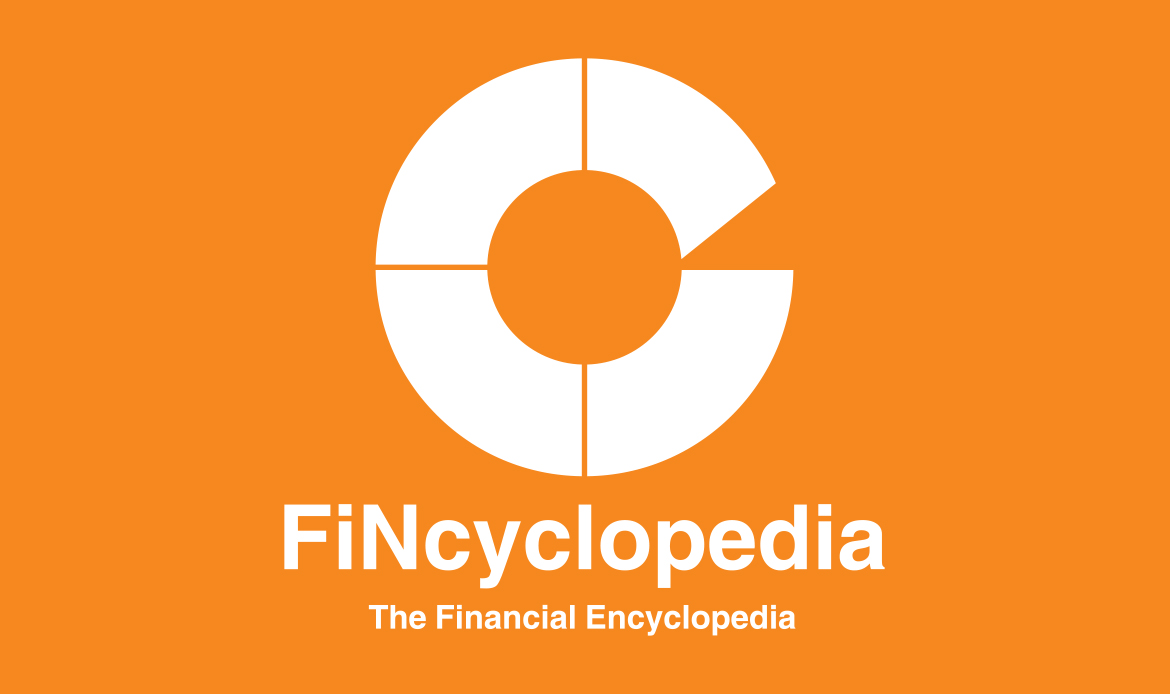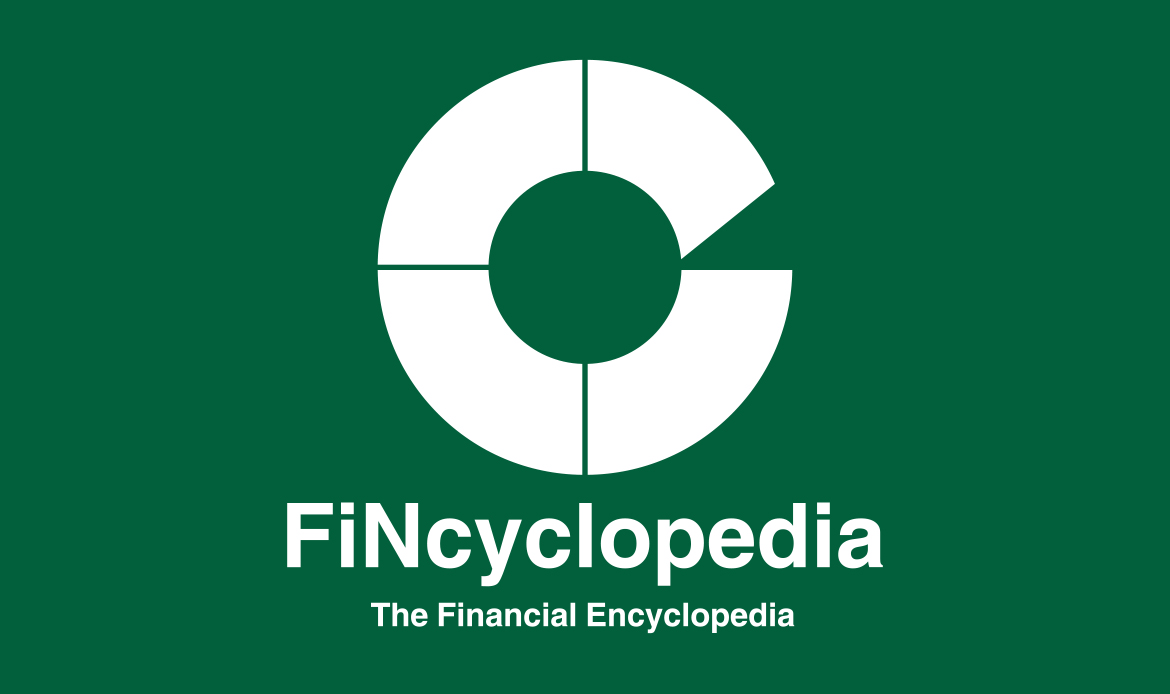A type of arbitrage (inter-market price differential) that involves only one side of the arbitrage transaction. For example, a trader may only buy low in the market without completing a full circle by selling high. In currency market, this means the arbitrage trade starts in one currency and ends in another (two legs), rather than starting and ending in the same currency (four legs).
One way arbitrage is an attempt on capitalize on violations to the law of one price (LOP): either for lending rate (bid) or borrowing rate (ask). In that sense, one-way arbitrage comes in two forms: owner arbitrage (OA) and borrower arbitrage (BA).
In the above meaning, it is also known as one-way arbitrage.
Other meanings include:
- An arbitrage that is carried out using internal funds rather than external sources.
- An arbitrage that involves replacement of one asset or position with another that is associated with the same level of risk and a higher expected rate of return (this is an implicit arbitrage).
- An arbitrage that is established to make an investment, on better terms, in a synthetic product. A quasi-arbitrageur will compare the risk/return profile of the potentially higher return investment with another that exists under ordinary market conditions- that is, the return from the synthetic investment will be compared with the return from a long position in a secure investment like T-bills.



